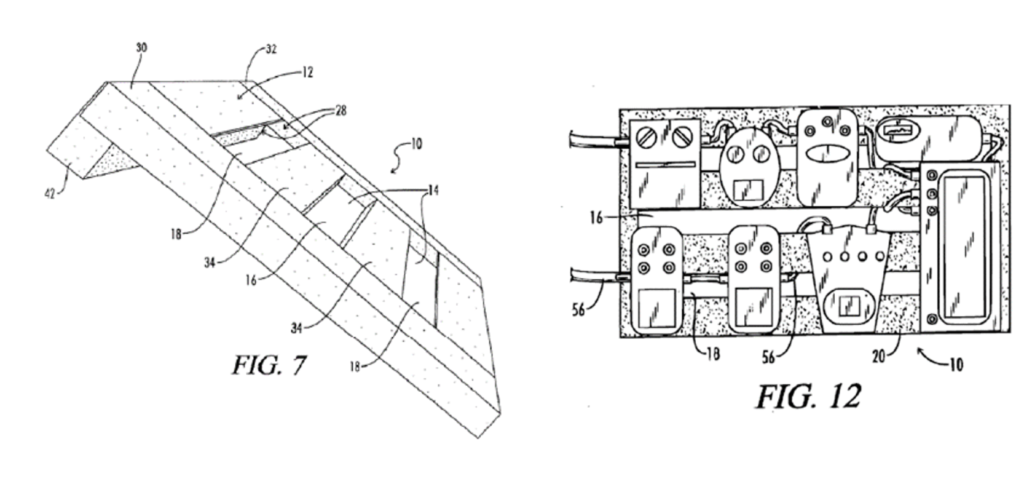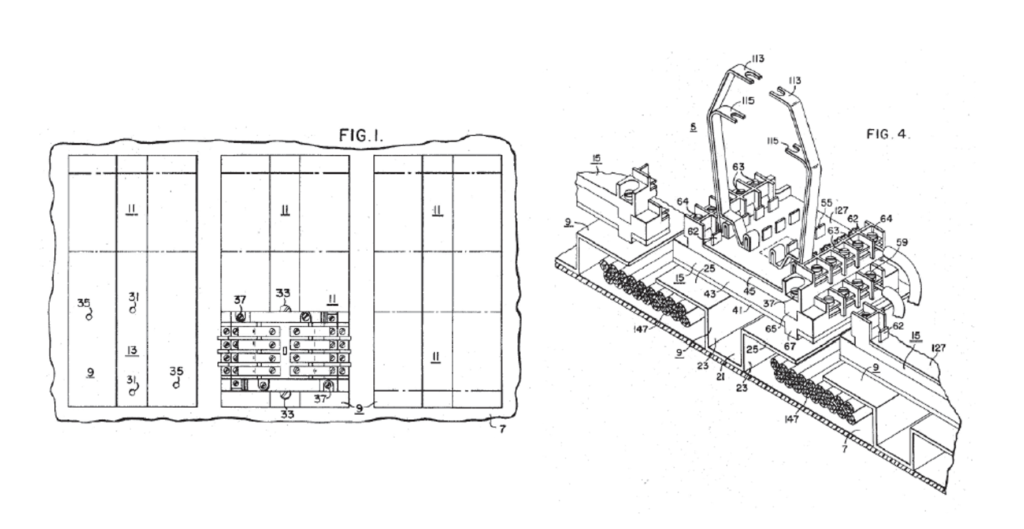The US Court of Appeals for the Federal Circuit issued decisions in two separate inter partes reviews (IPRs), one involving a patent related to radio frequency communication systems and the other involving a patent related to multi-processor systems. Intel Corporation v. Qualcomm Incorporated, Case No. 20-1664 (Fed. Cir. Dec. 28, 2021) (Prost, Taranto, Hughes, JJ.); Intel Corporation v. Qualcomm Incorporated, Case Nos. 20-1828, -1867 (Fed. Cir. Dec. 28, 2021) (Prost, Taranto, Hughes, JJ). Based on issues of claim construction and obviousness, the Court affirmed in part and vacated in part the Patent Trial and Appeal Board’s (Board) decision in the radio frequency communication systems patent IPR and vacated the Board’s decision in the multi-processor systems patent IPR.
Radio Frequency Communication System Patent IPR (1664)
In the IPR related to the radio frequency communication systems patent, Intel proposed that the claim term “radio frequency input signal” should take its ordinary meaning of an input signal having a radio frequency. Qualcomm argued that a person of skill in the art reading the patent would understand the phrase to reference the radio frequency signal that is received before down-conversion, and thus proposed that the term should mean “a signal centered at a carrier frequency at which the signal was transmitted/received.” The Board agreed with Qualcomm based on the intrinsic evidence.
Intel argued before the Board that certain claims of the radio frequency communication systems patent would have been obvious in light of the Der reference and the Valla reference. Qualcomm argued that a skilled artisan would not have been motivated to combine Der and Valla, because Der’s transistor would defeat the intended purpose of Valla’s amplifier. The Board agreed with Qualcomm. Qualcomm also submitted substitute claims. The Board accepted the substitute claims after finding that a skilled artisan would have lacked reason to combine Der and the Burgener reference to achieve the substitute claims. Intel appealed.
The Federal Circuit first addressed the threshold question of whether it had jurisdiction since no lawsuit had been filed against Intel. Despite the absence of any lawsuit against Intel itself, the Court found that Intel had standing because it had engaged in acts that previously resulted in assertion of the patent against one of Intel’s customers. Because Intel continues to sell the relevant products to that customer and others, it must address the risk of an infringement suit by Qualcomm. Qualcomm also refused to offer a covenant not to sue or stipulate that it would not reassert its prior infringement allegations involving the Intel products. The Court found that this refusal made Intel’s risk more than “mere conjecture or hypothesis.” Therefore, the Court found that Intel had standing to pursue the appeal.
Turning to the merits, the Federal Circuit affirmed the Board’s construction of “radio frequency input signal.” The Court explained that while both parties’ proposed constructions had appeal when considered in a vacuum, the proper inquiry required analysis of the surrounding claim language and specification. The Court found that linguistic clues in the claims suggested that [...]
Continue Reading
read more

 Subscribe
Subscribe




